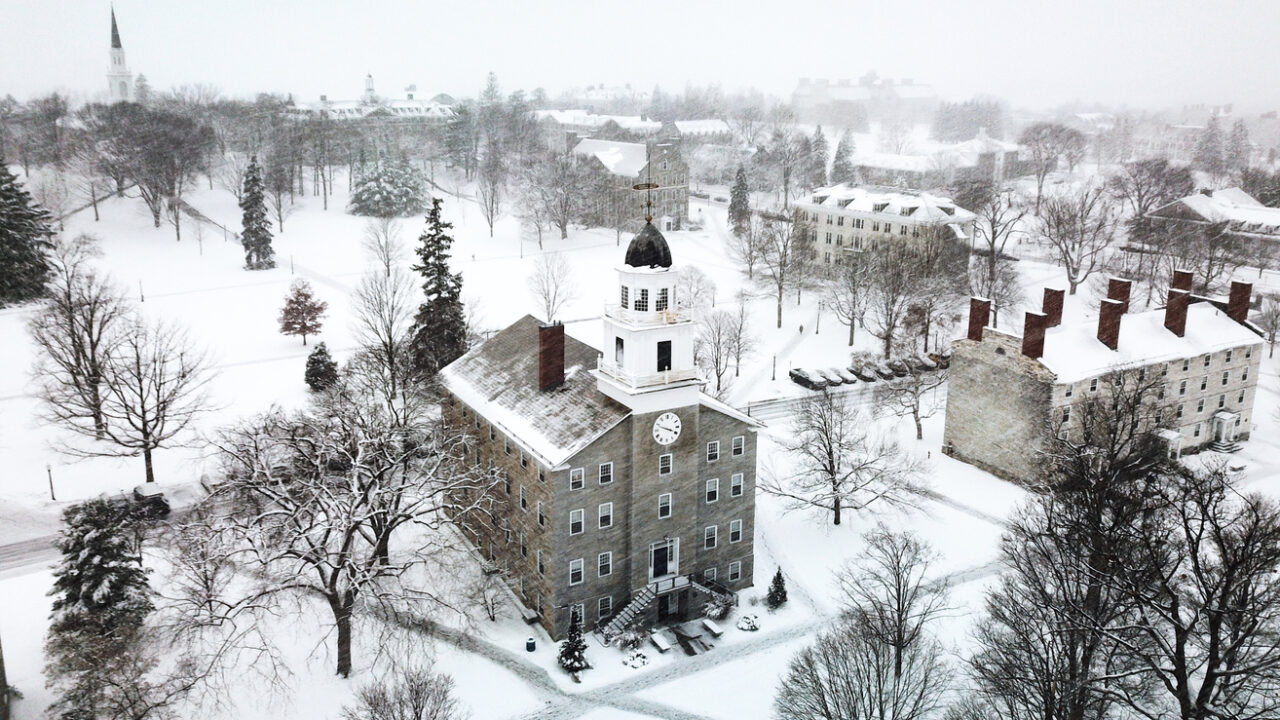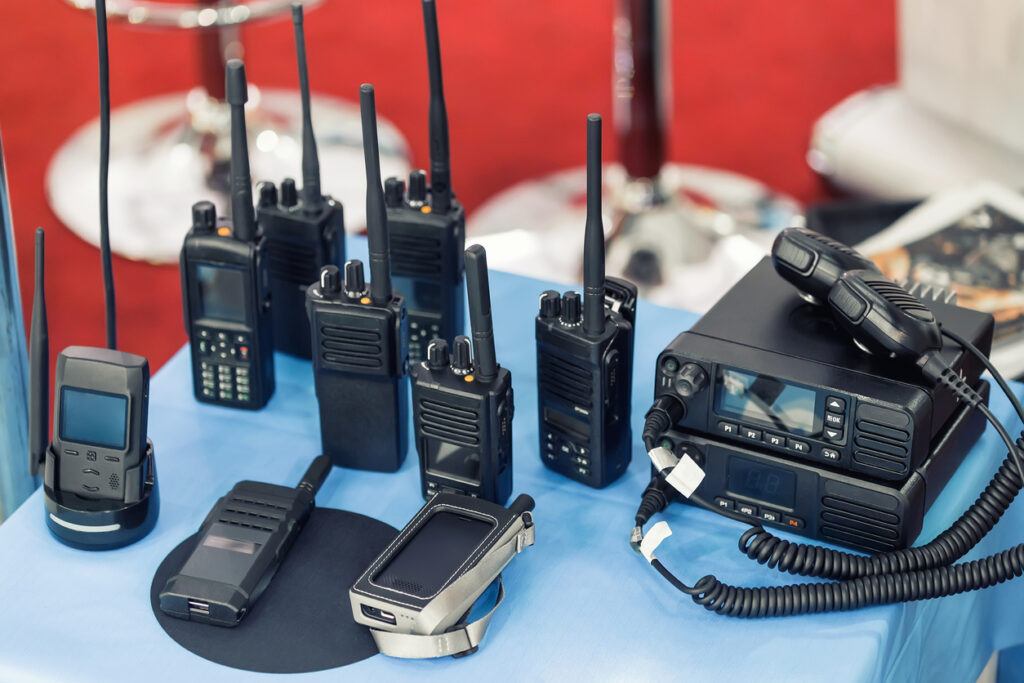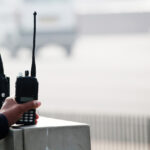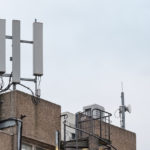In April 2023, Middlebury College in Middlebury, VT received reports of an active shooter in the campus library. While the reports turned out to be fabricated in the end, Middlebury Police followed procedure and responded to the situation as a real threat. While on campus, police found that their radios did not work due to the library’s thick walls and structure. This created a situation where officers inside the the building were unable to communicate with their colleagues outside.
School Building Radio Problems Are Surprisingly Common
If this was a real active shooter scenario, this lapse in communication could have put student, faculty, staff, and police lives at risk. The difference between a competent and coordinated police response and a tragedy can be just a few words communicated by two-way radio, but school buildings are not typically built to be radio signal-friendly.
Most buildings are constructed in a way that naturally blocks radio frequencies and cellphone signal due to building layout and construction materials, so radio and cell reception should be considered before a building is open to occupants in order to keep everyone who uses it safe.
To learn more about construction materials that can block cell and radio signal, see our FAQ response on the topic.

How to Provide Exceptional Emergency Responder Radio Coverage
Emergency responder radio communications systems (ERRCS) are systems designed to prevent the exact type of radio failure that occurred at Middlebury College. Also known as Public Safety DAS, these systems allow first responder radios to reach inside and outside a building, no matter how that building is constructed.

Using a series of signal repeaters, radio signals are routed outside instead of trying to go through walls made of wood or concrete. An effective ERRCS can even allow emergency responders to communicate in stairwells, basements, parking garages, and elevators, areas that are common culprits for dead zones.







